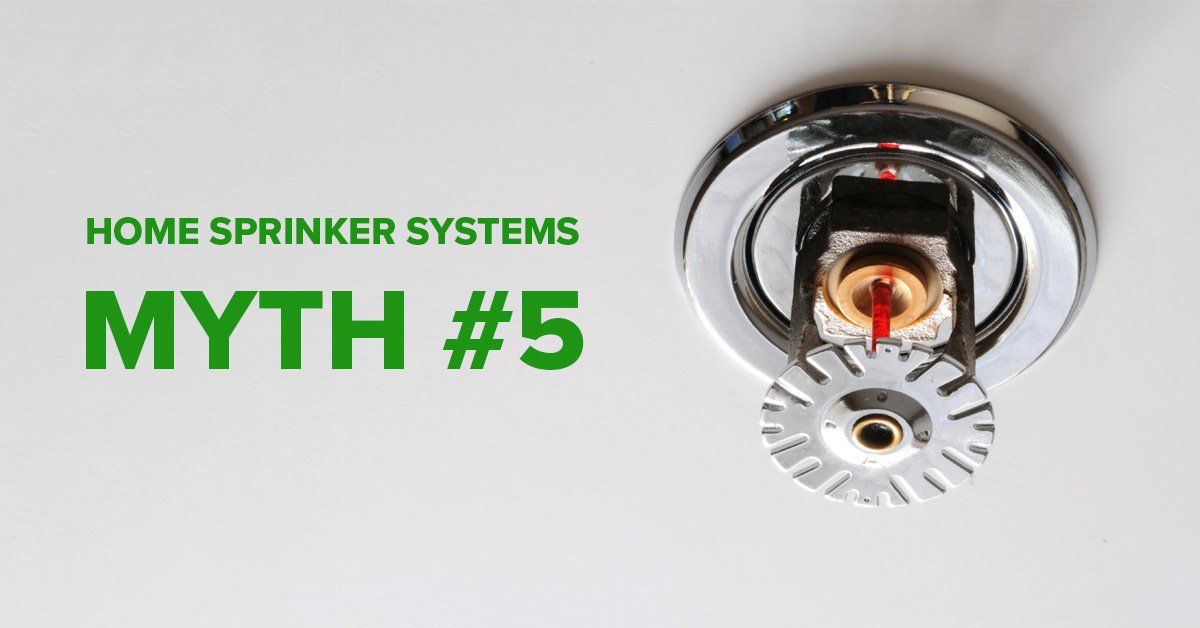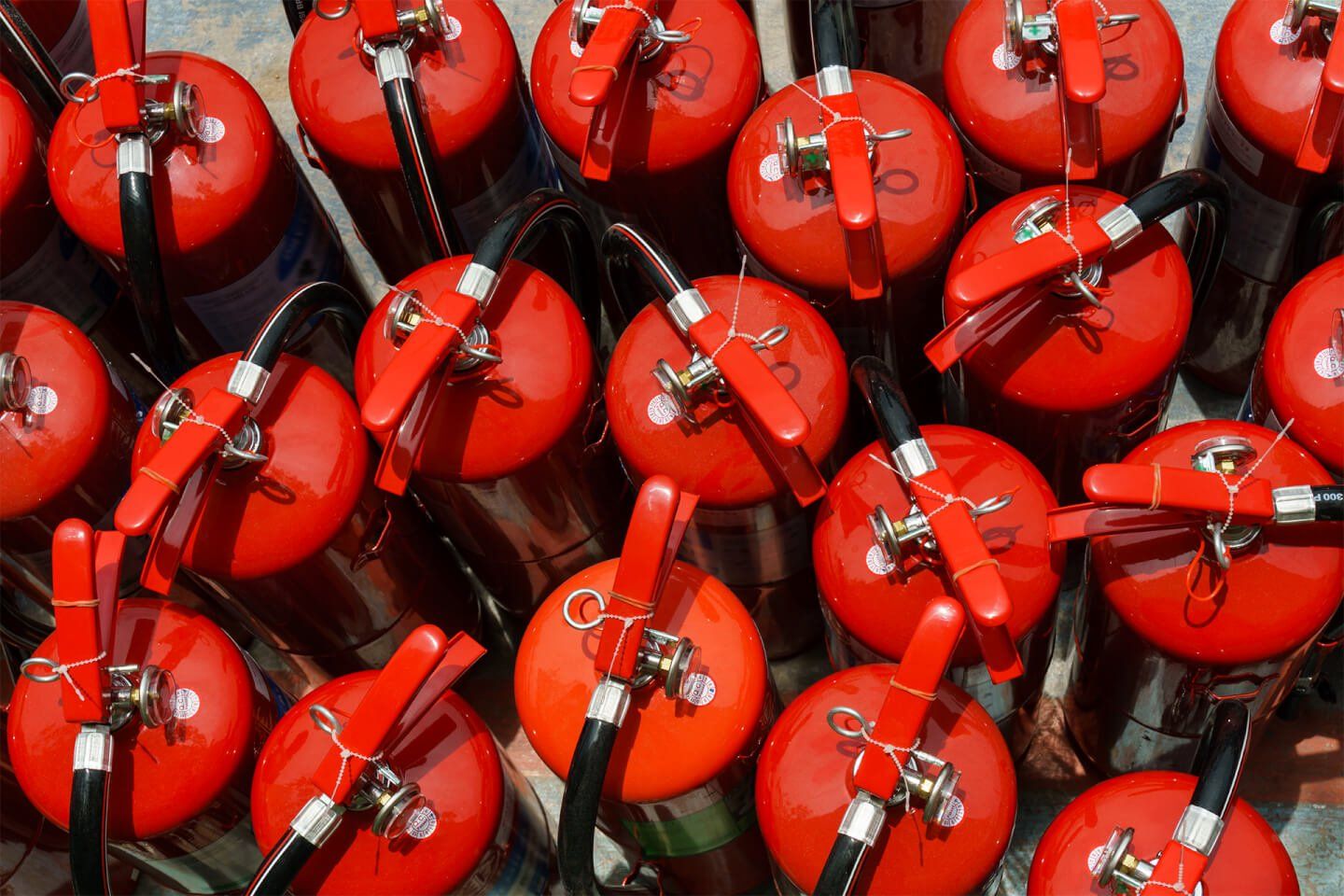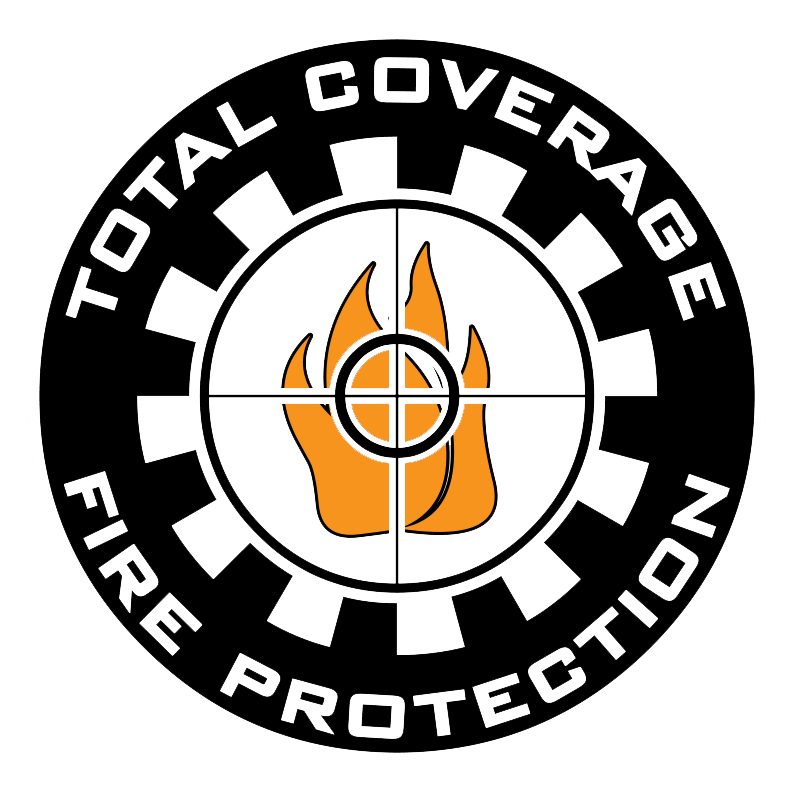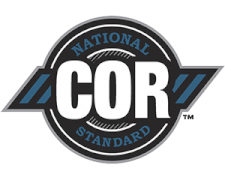Blog Layout
Myth #2 – “New homes are safer homes, the fire and death problems are limited to older homes.”
Over the next few weeks, we’ll be covering myths that surround home sprinkler systems.
In new home builds, home sprinkler systems offer an affordable way to substantially increase fire protection and occupant safety. But aren’t fire and death problems limited to older homes?
FACT:
Age of housing is a poor predictor of fire death rates. Statistically, the only fire safety issue that is relevant to the age of the home is outdated electrical wiring. Beyond that, age of the home has little to nothing to do with fire safety. A fire at 2 a.m. is just as deadly in a new home as it is in an older home.
New methods of construction negatively impact occupant and firefighter life safety under fire conditions. The National Research Council of Canada (NRC) tested the performance of unprotected floor assemblies exposed to fire. The findings of the study, “The Performance of Unprotected Floor Assemblies in Basement Fire Scenarios,” assert that these structures are prone to catastrophic collapse as early as six minutes from the onset of fire.
Total Coverage Fire Protection Offers Sprinkler Systems for Commercial and Residential Clients
In 2008, Underwriters Laboratories (UL) conducted a study to identify the danger to firefighters created by the use of lightweight wood trusses and engineered lumber in residential roof and floor designs. The findings of the report, “Structural Stability of Engineered Lumber in Fire Conditions,” point to the failure of lightweight engineered wood systems when exposed to fire. Firefighters expecting thirty minutes of structural integrity with dimensional wood structures face higher peril in lightweight structures.
The same UL study found that the synthetic construction of today’s home furnishings add to the increased risk by providing a greater fuel load. Larger homes, open spaces, increased fuel loads, void spaces, and changing building materials contribute to:
faster fire propagation
shorter time to flashover
rapid changes in fire dynamics
shorter escape time
shorter time to collapse
Lightweight construction has been variously estimated to be used in one-half to two‐thirds of all new one‐ and two‐family homes, excluding manufactured homes. Fire sprinklers can offset the increased dangers posed by lightweight construction and create a safer fire environment for firefighters.
Note: Statistics from the United States
Myths and Facts surrounding Fire Sprinklers is offered through the National Fire Protection Agency. See information about them at nfpa.org.
If you’re considering building a new home, get a free quote for a home sprinkler system and make sure you and your family and as protected as can be. Total Coverage Fire Protection offers commercial and residential sprinkler installation.
You might also like
The Fire Protection Blog

July 19, 2019
FACT: The standard design for home fire sprinklers is much simpler than the design for more traditional sprinklers like the ones used in commercial buildings. If you install home fire sprinklers, the only “inspection and maintenance” you will need is to (a) walk around your home and make sure the sprinklers are not obstructed by something that would block the water coming out, and (b) avoid turning off the main control valve, which you don’t normally operate anyway.
Send Us a Message
Thank you for contacting us.
We will get back to you as soon as possible
We will get back to you as soon as possible
Oops, there was an error sending your message.
Please try again later
Please try again later
Serving The West Coast Of Newfoundland And The Greater Northern Peninsula from Corner Brook.
© 2025
All Rights Reserved | Total Coverage Fire Protection Inc.




